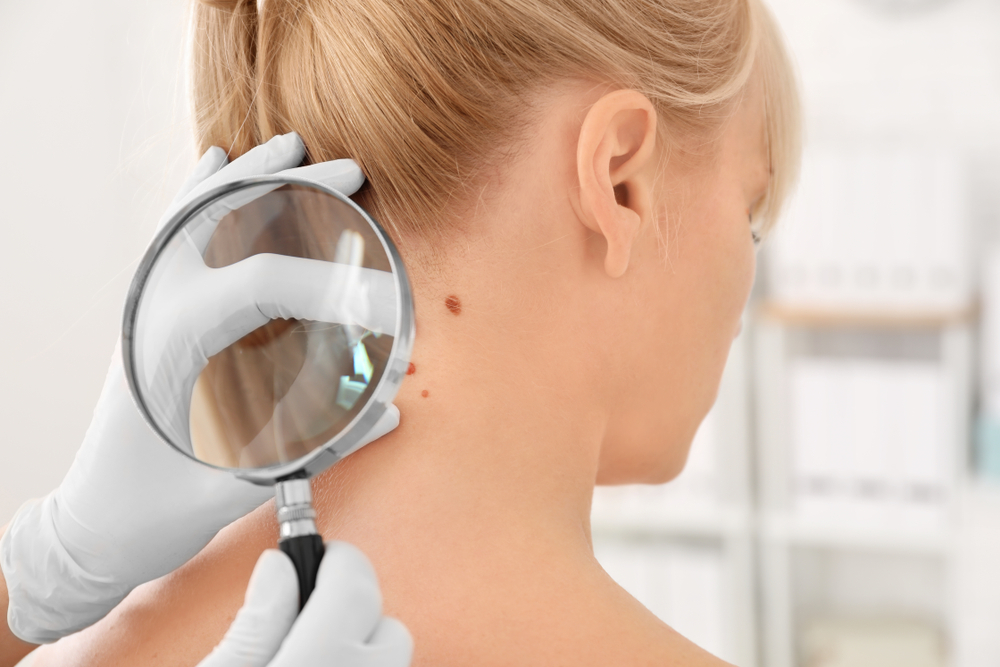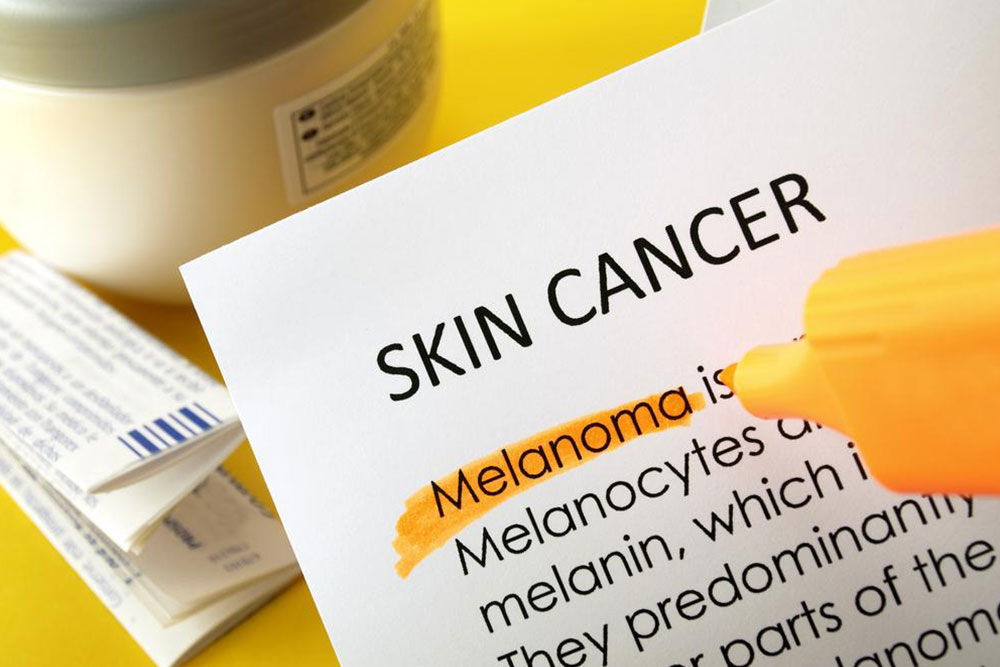Understanding Skin Cancer: Key Facts and Detection Tips
This article offers essential insights into skin cancer, highlighting risk factors, signs, and diagnostic procedures. It emphasizes the importance of early detection through professional evaluation and self-inspection. Understanding these aspects can help individuals identify potential skin issues promptly and seek timely medical advice for better outcomes.

Skin cancer is a prevalent form of cancer affecting many individuals nationwide. While UV radiation exposure remains a primary risk factor, genetic predispositions and environmental elements also contribute to its development. Recognizing your risk level is essential for early detection and effective treatment. People with lighter skin, blue or hazel eyes, blonde or red hair, or those exposed to harmful chemicals or intense radiation are more vulnerable. Elderly individuals and those with weakened immune systems are also at higher risk. If symptoms or unusual skin changes are observed, consulting a healthcare professional is crucial. A skin examination and biopsy are common diagnostic methods. Self-assessment involves inspecting the entire body for abnormal growths, especially moles or lesions that change in size or color. The main skin cancer types include melanoma, basal cell carcinoma, and squamous cell carcinoma, each with distinct features. Early detection boosts treatment success rates, so proactive skin checks are recommended.










